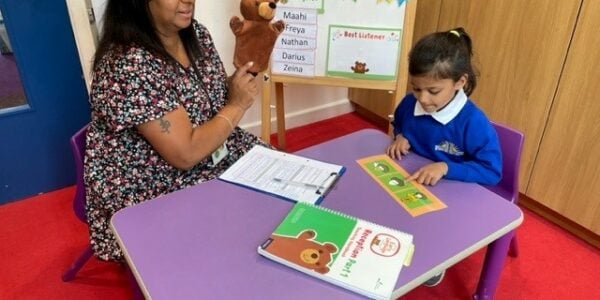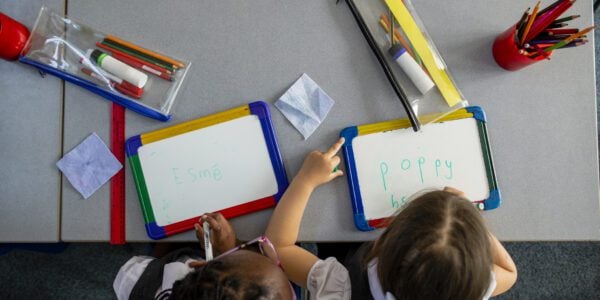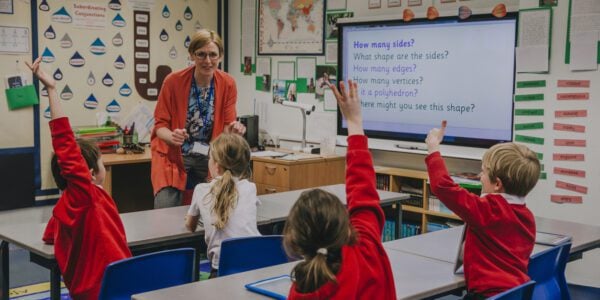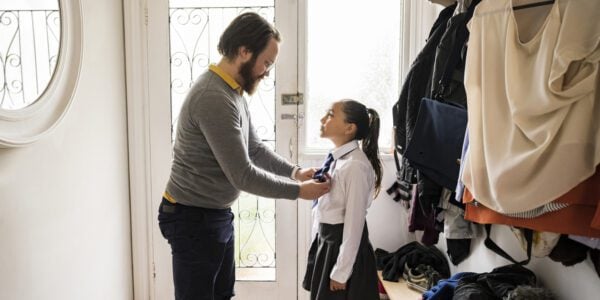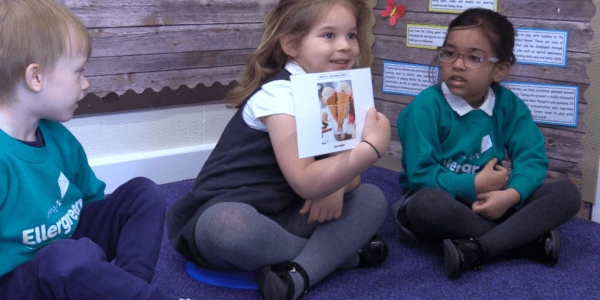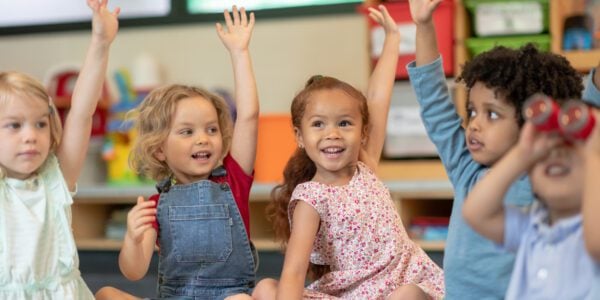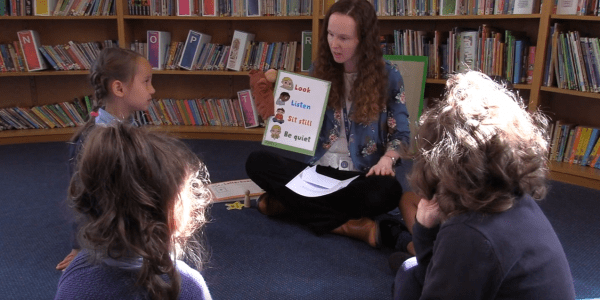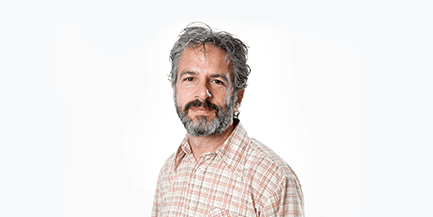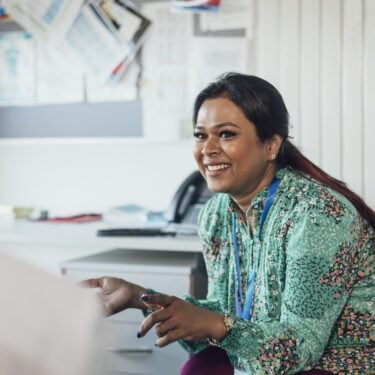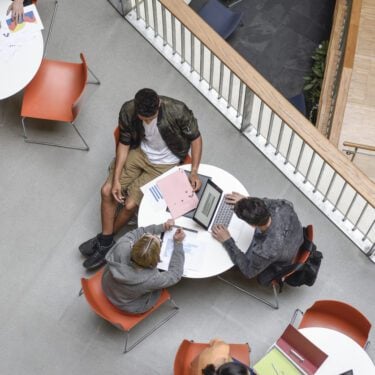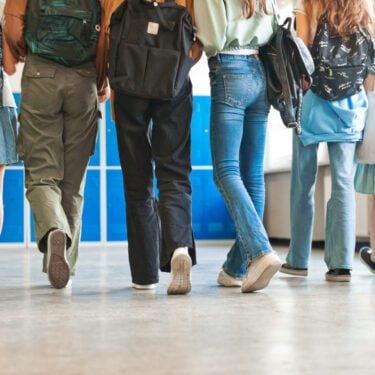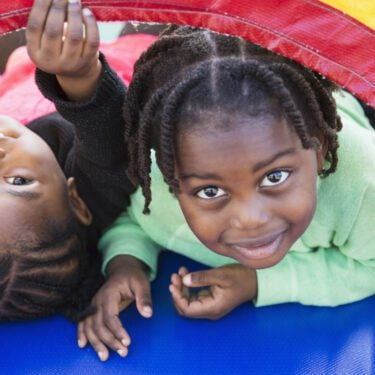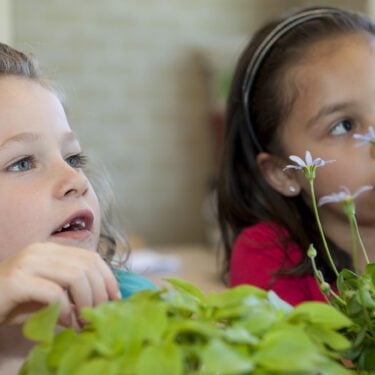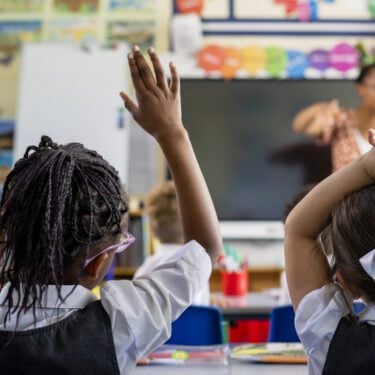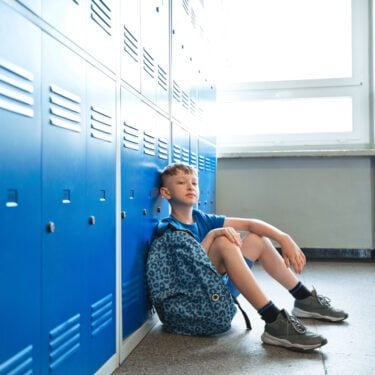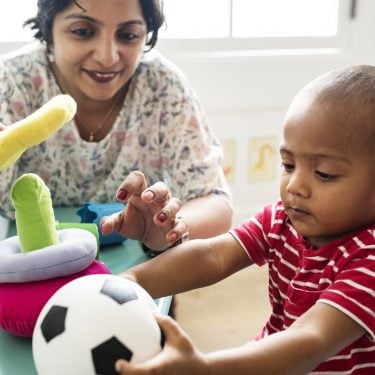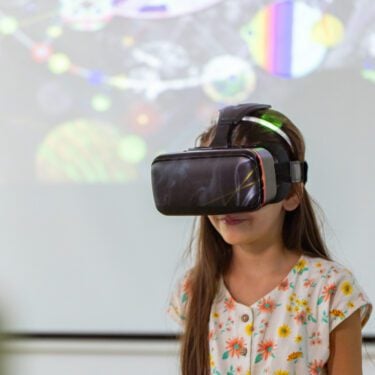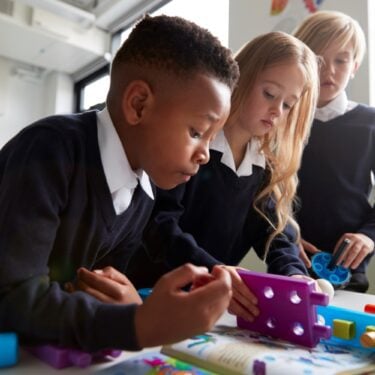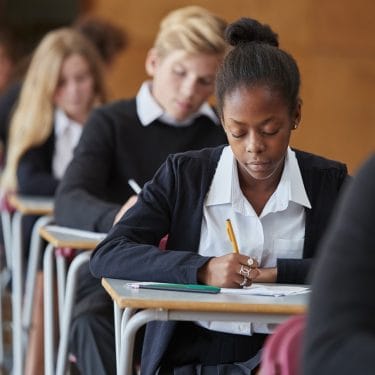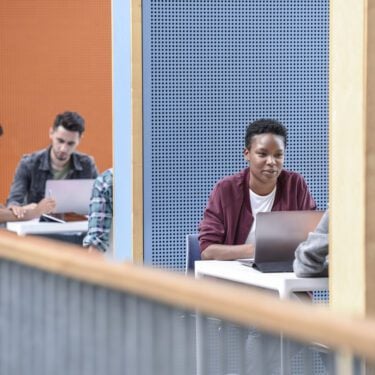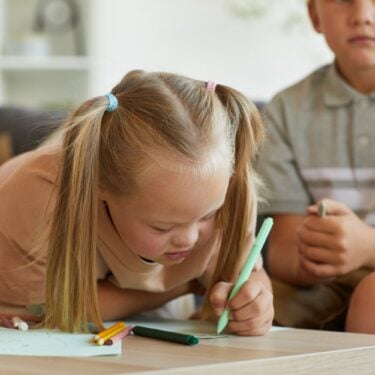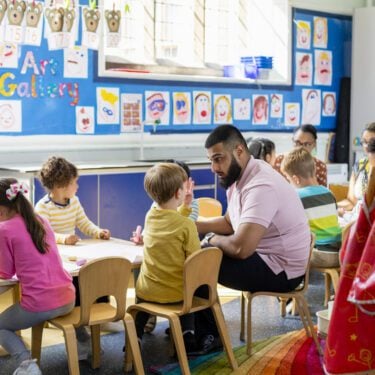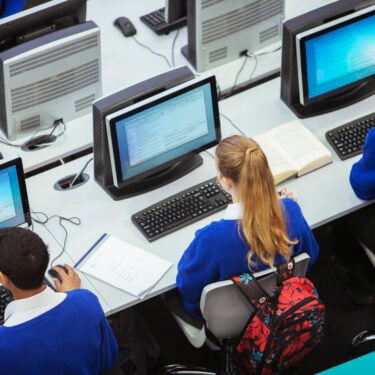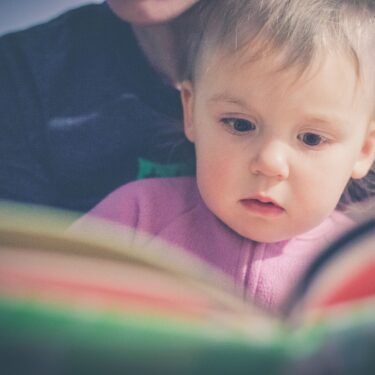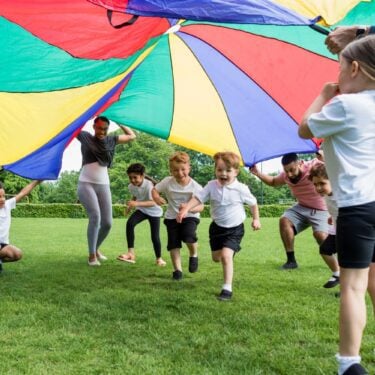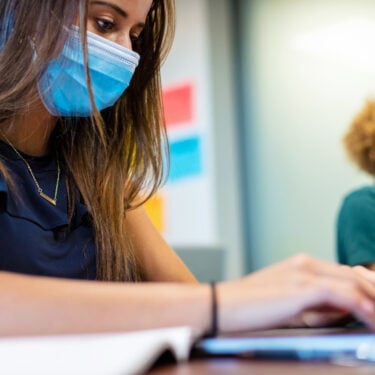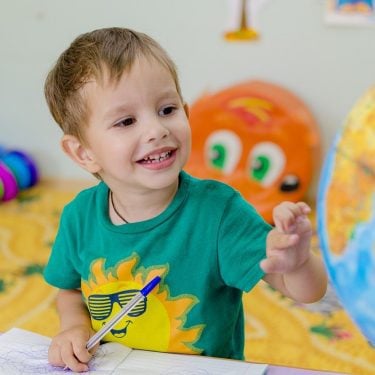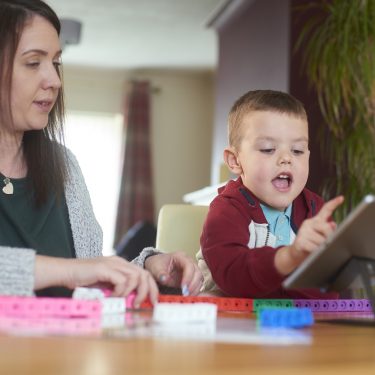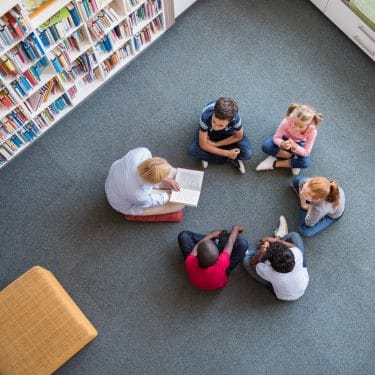
14/12/10
4 min read
Fewer than one in five students in England, Wales and Northern Ireland study any kind of maths after GCSE, representing the lowest levels of participation in a comparative study of 24 countries published by the Nuffield Foundation today.
Levels of participation are higher in Scotland, where just under half of students study maths after S4, but still below the average.
In most of the countries surveyed, more than half of upper secondary students study maths. The Czech Republic, Estonia, Finland, Japan, Korea, Russia, Sweden and Taiwan had the highest levels of participation. In these countries, almost all students study mathematics until the age of 18, reflecting the compulsory status of the subject.
The research was undertaken by Dr Jeremy Hodgen and David Pepper from King’s College London; and Linda Sturman and Graham Ruddock from the National Foundation for Educational Research. It compares the participation rates and content of upper secondary mathematics education in 24 countries. In the UK, upper secondary refers to post-GCSE education (or post-S4 in Scotland), although the precise age group varies from country to country.
Advanced maths (AS-level or international equivalents)
England, Wales and Northern Ireland also have some of the lowest participation rates in advanced maths, with approximately 13% of students taking A-level maths. In Scotland, 23% study advanced maths. This contrasts with countries such as Japan and Taiwan, in which over 70% of students study advanced maths.
“In New Zealand, which is culturally and educationally similar to England, the participation rate in advanced maths is over 40%. This suggests that the UK could do much better,” said Dr Hodgen.
Compulsory or optional?
The UK countries are unusual in not requiring compulsory participation in mathematics at upper secondary level for any students. Only Ireland and Australia (NSW) operate a similar policy. However in Ireland, mathematics is often required for entry to higher education, making participation levels higher (over 80% of students). In all other countries surveyed, mathematics is compulsory for at least some students in general or vocational education.
Anthony Tomei, Director of the Nuffield Foundation said:
“This new evidence shows just how much England, Wales and Northern Ireland are out on a limb. The vast majority of young people’s mathematics education ends with GCSE at age 15 or 16, leaving them inadequately prepared for further or higher education; or for employment.”
Professor Dame Julia Higgins, Chair of the Advisory Committee on Mathematics Education (ACME) said the low levels of participation represented the lack of options currently available for upper secondary students.
“Other countries have realised the economic importance of a mathematically-enabled population and we must now do the same. The message is simple – we need to enable all students to study some form of mathematics post-16 by providing a range of appropriate pathways. ACME has already made recommendations for the structure and content of these pathways, and believes action should be taken before we fall further behind.”
Participation levels
| What proportion of upper secondary students study any kind of mathematics? | |||
| Few (6-20%) | England, Wales, Northern Ireland | ||
| Some (21-50%) | Hong Kong, Spain, Scotland | ||
| Many (51-80%) | Australia (NSW), Netherlands, New Zealand, Singapore | ||
| Most (81-94%) | Canada (BC), France, Germany, Hungary, Ireland, USA (Mass) | ||
| All (95-100%) | Czech Republic, Estonia, Finland, Japan, Korea, Russia, Sweden, Taiwan | ||
ENDS
Contact: Fran Bright, Communications Manager on 020 7681 9586.
Notes to editors
1. Is the UK an Outlier? An international comparison of upper secondary mathematics by Jeremy Hodgen and David Pepper, King’s College London; and Linda Sturman and Graham Ruddock, National Foundation for Education Research is published by the Nuffield Foundation (December 2010).
2. ‘Upper secondary’ refers to a period of education usually between two and four years in duration and intended for 16 to 18/19 year olds or for 15 to 17/18/19 year olds.
3. The research was commissioned by the Nuffield Foundation and led by Dr Jeremy Hodgen from King’s College London. It was carried out between April and July 2010. Different countries collect data in different ways and therefore the statistics produced by each country are not absolutely comparable. For this reason when making quantitative comparisons between countries, such as with participation rates as shown in the table, the researchers have used interval estimates rather than point estimates.
4. Figures quoted for England, Wales and Northern Ireland in respect to ‘any kind of maths’ include A-Levels as well as other post-16 maths qualifications (such as Key Skills or FSMQs), but exclude post-16 students who are retaking GCSE mathematics.
5. The Advisory Committee on Mathematics Education (ACME) has published recommendations for new post-16 pathways in mathematics (Post-16 in 2016, ACME, July 2010)
6. A report published by the CBI in August 2010 made a series of recommendations relating to mathematics education including that: “More young people must be encouraged to continue their numeracy and maths education post-16 to support the UK’s need for highly numerate technicians and employees with high-level science, technology engineering and maths (STEM) skills.” (Making it all add up: Business priorities for numeracy and maths, CBI 2010, http://highereducation.cbi.org.uk/reports/00302/)
7. The Nuffield Foundation is an endowed charitable trust that aims to improve social well-being in the widest sense. It funds research and innovation in education and social policy and also works to build capacity in education, science and social science research.
8. King’s College London is one of the top 25 universities in the world (2010 QS international world rankings), The Sunday Times ‘University of the Year 2010/11’ and the fourth oldest in England. A research-led university based in the heart of London, King’s has nearly 23,000 students (of whom more than 8,600 are graduate students) from nearly 140 countries, and some 5,500 employees. More information is available at www.kcl.ac.uk.
9. NFER is the UK’s largest independent provider of research, assessment and information services for education, training and children’s services. More information is available at www.nfer.ac.uk




